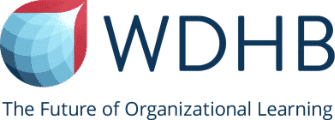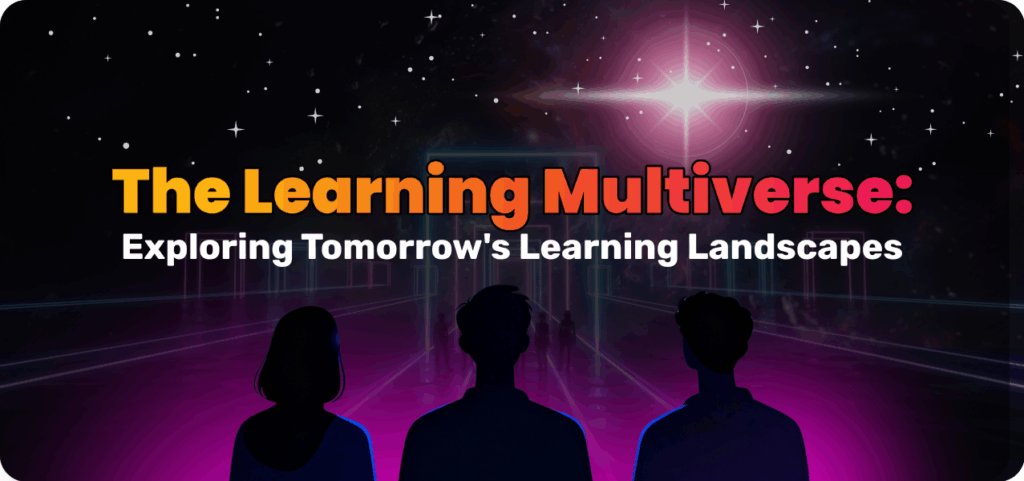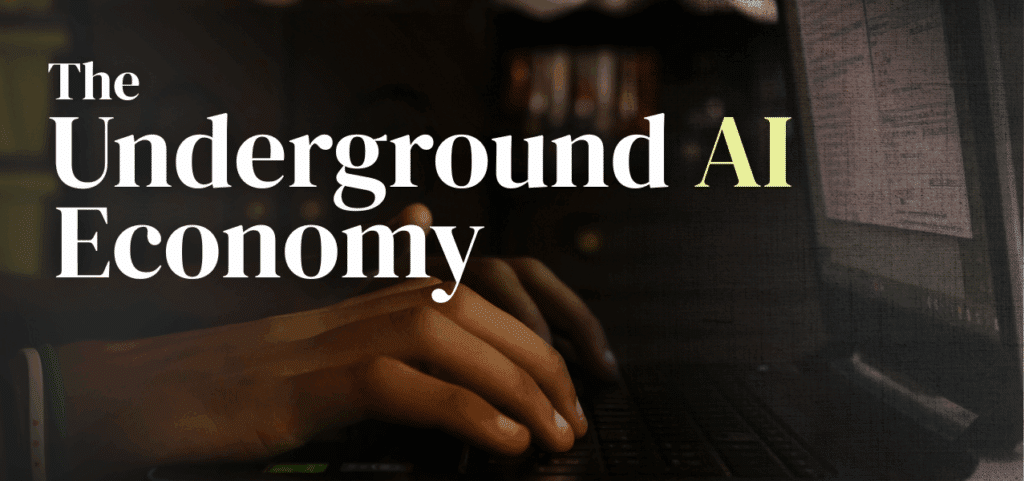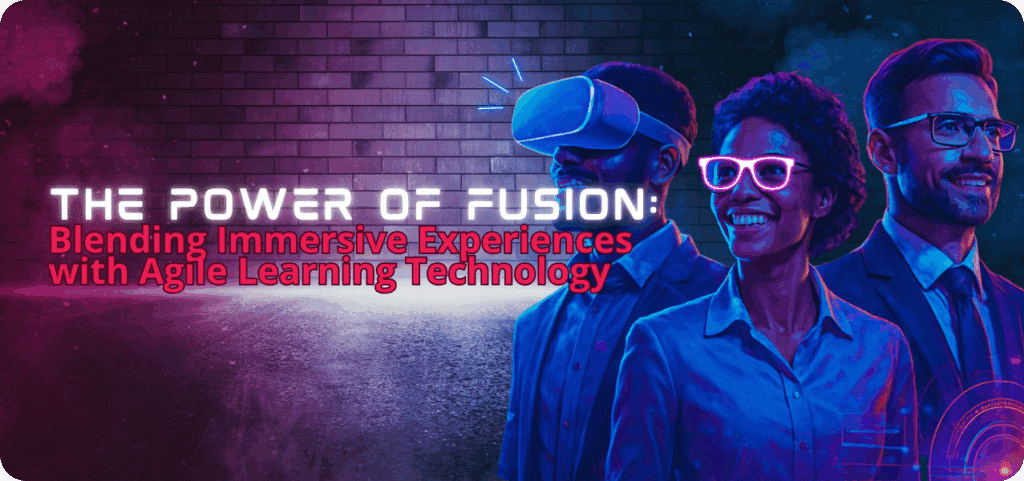The Evolving World of ROI for Learning and Development

When organizations are considering where to invest their budgets, learning and development initiatives have undergone much scrutiny. Senior leaders have relied on the simple metrics of Return of Investment (ROI) to establish a baseline of effectiveness for their investments. They typically think, “If an investment’s ROI is net positive, it is probably worthwhile. But if other opportunities with higher ROIs are available, these signals can help investors eliminate or select the best options. Likewise, investors should avoid negative ROIs, which imply a net loss” (Fernando, 2021).
However, the truth is that quantifying ROI in such a direct financial correlation leads to challenges for L&D professionals. Considering L&D professionals are working directly to upskill people whose minds are very complex systems, it is not a direct line from investment to financial gain. The impact of learning programs is more subtle and long-term than other investments, which calls for a robust and comprehensive set of metrics for assessment. As the effects of the pandemic come to light and organizational resources are more finite than ever before, leaders are looking closely at these metrics to justify the cost of development programs.
Never before have L&D programs been more crucial to the survival of organizations across the globe, as the need for resilience and adaptation shift to the forefront of desirable skills. To successfully understand the impact of L&D initiatives, the definition of ROI needs to be expanded to include metrics beyond direct financial implications. If leaders can shift their energies to expanding this definition and assessing the data from L&D programs in a new way, they will harness the power of L&D professionals and their work to upskill the people in their teams.
In this article, we will explore some of the opportunities that come with redefining ROI in your organization.
Organizational Opportunities for Measuring Success
L&D professionals should gauge the success of L&D initiatives to increase their understanding and justify costs dedicated to learning programs. By investing time in these opportunities, leaders will have a newfound way of measuring organizational success.
“In the last year, the learning professional has been in the spotlight. About a third have seen reduced budgets and resources, needing to do more with less. Almost all have had to change strategies and plans, dealing with rapidly changing organization priorities” (Crowley and Overton, 2021, p. 2). As they are choosing which initiatives will be most effective for their teams, L&D professionals must work to understand the expected results of the programs that they choose.
To effectively discern which initiatives are best for an organization, L&D professionals can harness the data behind workforce performance assessments. “In organizations, measurement is usually about the degree or amount of change. Managers don’t measure absolute points so much as they manage change” (Fitz – Enz, 2009, p. 128).
Also, considering L&D initiatives are dealing with human learning, the effects of such programs are not always immediate or easy to track. The reality is that these metrics are much softer than traditional ROI, and do not necessarily lead directly back to financial gain for the organization. According to Russ – Eft and Preskill (2016), “…Evaluation occurs within a complex, dynamic, and fluid environment; evaluation is inherently a political activity; and evaluation needs to be implemented in a purposeful, planned and systematic manner” ( p. 72).
Taking into consideration these complex human systems and more soft skills acquired from L&D programs, it is easier to understand why the traditional view of ROI is not sufficient to quantify the value of these initiatives. It then becomes more important to break down what ROI means in a traditional sense, so that the definition can be broadened to encompass these new metrics.
Expanding the Definition of Traditional ROI
While exploring direct financial impact to justify investments has worked for many other organizational initiatives, doing so for learning initiatives has proved challenging for L&D professionals. The traditional definition of ROI is insufficient to quantify success of L&D initiatives, so the definition of ROI needs to be expanded.
By understanding the underlying purpose behind the focus on data-driven ROI, L&D professionals will harness the softer skills of their learning programs to defend their worth to senior leaders.
. “…ROI was at the bottom of the answers when… leaders were asked the metrics they report to company executives to demonstrate the impact of training programs on the broader enterprise.” (Nicastro 2020).
Research shows that few companies are using ROI to evaluate and justify their learning programs. “Additionally, Emerald Works’ Report finds that just 8% of L&D teams calculate return on investment for their learning programs. That’s right, fewer than 1 in 10 organizations actively calculate the ROI of their learning programs” (Murray 2021).
While ROI is necessary to broaden the criteria used to assess the success of these programs, too much focus on narrow metrics can have a detrimental effect on organizational learning. “The heavy focus on short-term ROI and the delivery of narrow skill sets of- evangelized in L&D circles may well be the very source of the ‘skills shortage’ industries face today. This approach has created managers who… ultimately lack the empathy to keep employees engaged and productive” (Daniel, 2020).
However, Crowly and Overton assert that “in most organizations, data isn’t an issue; in fact, many departments can be overwhelmed by the insights available within their systems. So, learning practitioners must have a laser-like focus on what needs to be measured and who owns relevant data.” This challenges the thought that ROI is not a successful metric for analyzing learning programs, but that the existing data must be looked at differently as a whole.
“It has also challenged organizations and learning and development practitioners to step outside of their comfort zone; be curious and embrace new ways of delivering learning with high impact for the digital age” (Crowley and Overton, 2021, 45).
Harness L&D for Positive Change in Organizations
Since L&D professionals’ resources revolve around people and not financial gain, it is necessary to chart the success of their programs by assessing the people who experience them.
These factors can be measured through substantial reviews and surveys of participants after programs, along with new, effective models. “Besides some general evaluation guidelines…The model does not offer specific techniques or quantitative valuation of training programs” (Wang, Dou and Li, p. 208). This requires L&D professionals to focus their energies on developing a new method for quantifying the success of their programs.
Daniel notes that “…A tree-shaped model may be a more powerful and effective way of thinking through skill development. Durable skills from the roots of the tree, with semi-durable frameworks forming the branches, and more perishable skills coming and going like the leaves with the changing seasons. Our task is to grow a tree that is tall and wide, and flourishes in every season, feeding the roots that keep the tree steady, growing branches of new expertise, and fostering the leaves that change with the passage of time” (Daniel, 2020).
This more organic way of viewing the learning process of individuals and organizations feels more authentic to the L&D experience than the standard, rigorous ROI definition. When organizations remove that level of generalization and allow a broader definition to evolve, they will become more effective at quantifying their L&D initiatives.
Conclusion
As the workplace evolves, so too must the traditional definitions of ROI which are not sufficient to quantify the changing educational landscape. By expanding this definition to encompass the softer skills and more human-centric approach, which is called for on a larger, world-wide scale, organizations will position themselves to pivot into the future, harnessing the power of digital, human-centric innovations.
Once organizations expand their definition of ROI to encapsulate these human-centric skills and applications, new methods of gathering metrics must be created. Research is necessary to discover the best path to gathering those insights and quantifying them in a way that is consistent and cohesive.
It would be interesting to create a study which tracks the learning journey of L&D programs from beginning to end, and beyond. Tracking not only the mindset at the beginning of the learning journey, but also how that mindset is influenced by the learnings of the L&D program.
Then, after the program concludes, come back six months or a year later to again track the current mindset, looking at how the participant has evolved due to the program they experienced. This type of research would take years and a strong commitment from senior leadership, since “Data proliferates, but its management is harder as it is embedded across the business, requiring broad stakeholder learning to uncover and analyse” (Ibraham, 2019). Gaining the buy-in from senior leaders is critical to push forward research into the practical applications of L&D programs.
Humans are the most complex systems in the world, and their minds must be nurtured in a way that is authentic and will help their organizations grow. It is the mission of L&D professionals to usher in these changes. By harnessing a new and expanded definition of ROI, they will be equipped to champion the initiatives they work so hard to create for their teams, driving lasting change and ensuring the evolution of their organizations.
Author
Subscribe to get Access to Exclusive Content

